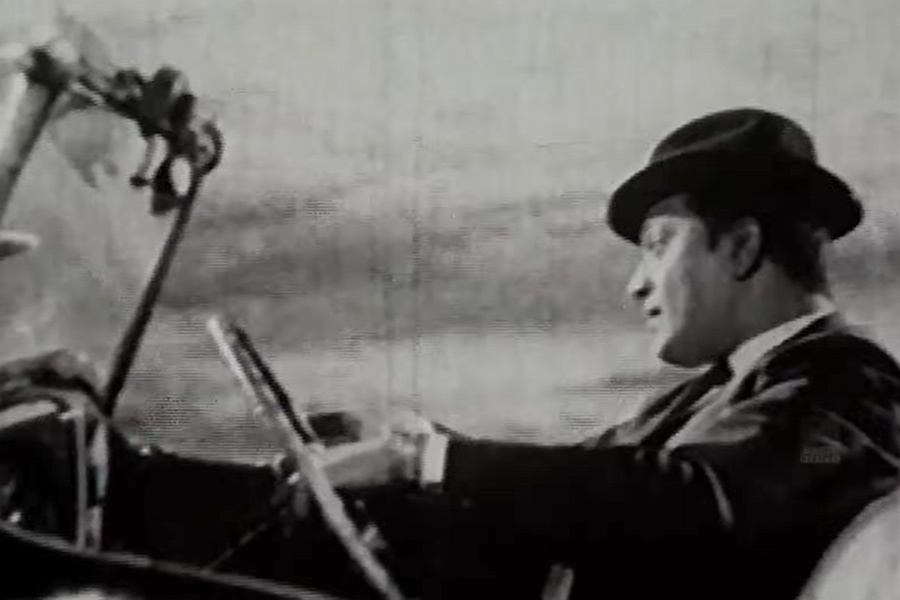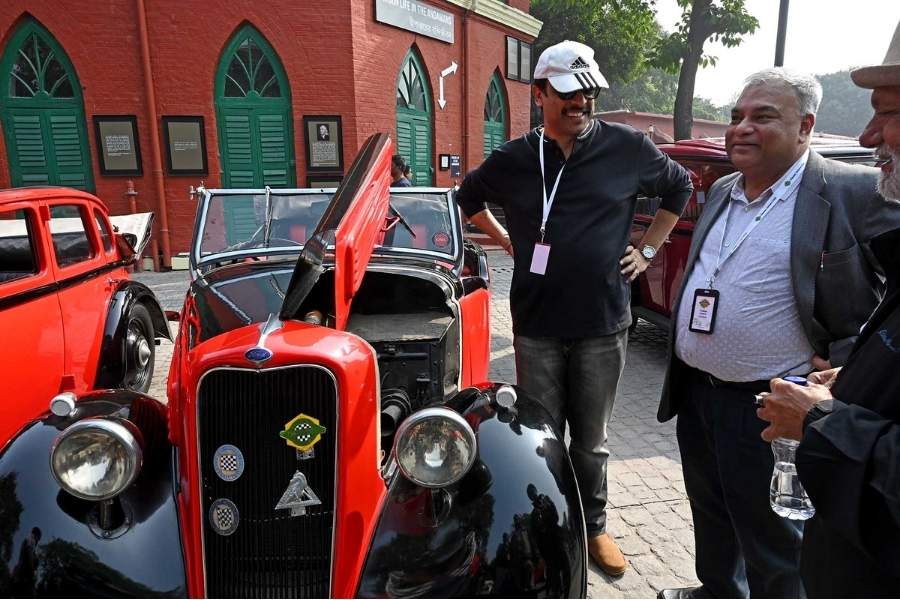In a sleepy south Kolkata garage rests a Ford 10 Tourer, built in 1935, with a history far more dramatic than its humble, weathered exterior lets on. This car, once part of a small batch of eight exported to India via Calcutta port, has remained in the same family since the day it arrived.
“My grandfather, Birendra Chandra Gooptu, bought it on February 6, 1935,” says Ranajit Gooptu, the car’s current owner and restorer. “He wasn’t a zamindar or a British loyalist. He was a regular man — a brilliant electrical engineer from Jadavpur University. Buying a car as a Bengali-Indian in those days was almost unheard of.”
Out of the eight Ford 10s that landed in Calcutta, six went to British officers, one to a Parsi gentleman, and the last to Gooptu’s grandfather — after relentless persuasion and bureaucratic hoops.
Brush with cinematic fame
Gooptu holds on to yellowing paperwork and correspondences from the 1930s that document how Indians were often denied proper service at Ford centres. “There are letters from Mr. Roshan, the then-head of Ford India, apologising to my grandfather for the discrimination,” he adds.
The car’s brush with cinematic fame came three decades later, in 1966, during the filming of Shudhu Ekti Bachhar. Gooptu narrates the incident with vivid detail:
“My grandfather used to work part-time in the film industry, creating artificial storms using plane propellers and light-rigged thunder simulations. One day, during a shoot at Indrapuri Studio, the production team’s designated car didn’t arrive. The director saw my grandfather’s car parked outside and asked if they could use it for a chase scene.”

Uttam Kumar in the driver’s seat
That chase scene, now etched into Bengali film lore, featured Uttam Kumar speeding after Supriya Devi on Raja Subhod Chandra Mullick Road — now a congested city stretch, then a blank canvas for high-octane cinema.
“My grandfather was hesitant,” Gooptu says with a smile. “But Uttam Kumar came out, saw the car and was taken aback. He said, ‘Eta amake chalate hobe?’ and sat behind the wheel. He loved it instantly.”
The scene included a near brush with a Buick Straight 8, so close that the cars’ wheels almost touched. “That shot was redone multiple times. My grandfather was worried it would get scratched — and it did, a bit,” Gooptu chuckles. “The horn from that day? Still the same. Still works.”

A return from the rust
For years after that memorable shoot, the car remained in use, until the late 1980s, when it finally went out of commission. “After 1986, it just stopped running,” Gooptu recalls. “Legal issues, family disputes, and years of Kolkata’s waterlogging — especially near Deshapriya Park — took a toll.” The car sat idle and slowly began to decay. “By the time I got hold of it, the chassis had rusted, the engine had seized, and the meters were all broken.”
It took him nearly a year and a half to restore the Ford 10, piece by piece. “Thankfully, I had the original manual, and Bengal Motors helped source the hard-to-find parts, even some from England. The mudguards, footboards, valves — everything had to be redone.” In 2023, the car finally returned to the road, gleaming again, as it rolled into its first rally in decades. That project would mark the beginning of a new journey — one that turned Guptoo from telecom executive to full-time vintage car restorer.

Gooptu with his Ford at the Classic Drivers Club Vintage and Classic Car and Bike Show 2024 at Alipore Museum
More than mere metal
And yet, for all the grease and grit of the garage, what drives Ranajit Gooptu is not just restoration — it’s resurrection. “It’s not just a piece of metal,” he says. “These cars speak to you. You can feel their stories in the engine rumble, the carburetor whine, the stubborn way a gearbox resists until it doesn't.” For him, restoring a car is like bringing a soul back to life.
“I once got a Morris 10-4 from Munger that hadn’t moved since 1973. Fifty years — it was like reviving someone in a coma.” Now, with every bolt tightened and every meter reworked, Gooptu sees his craft as a conversation with history. “You don’t just repair. You listen. You learn. You care. And when the wheels finally roll after 30, 40 years — that moment is magic.”
